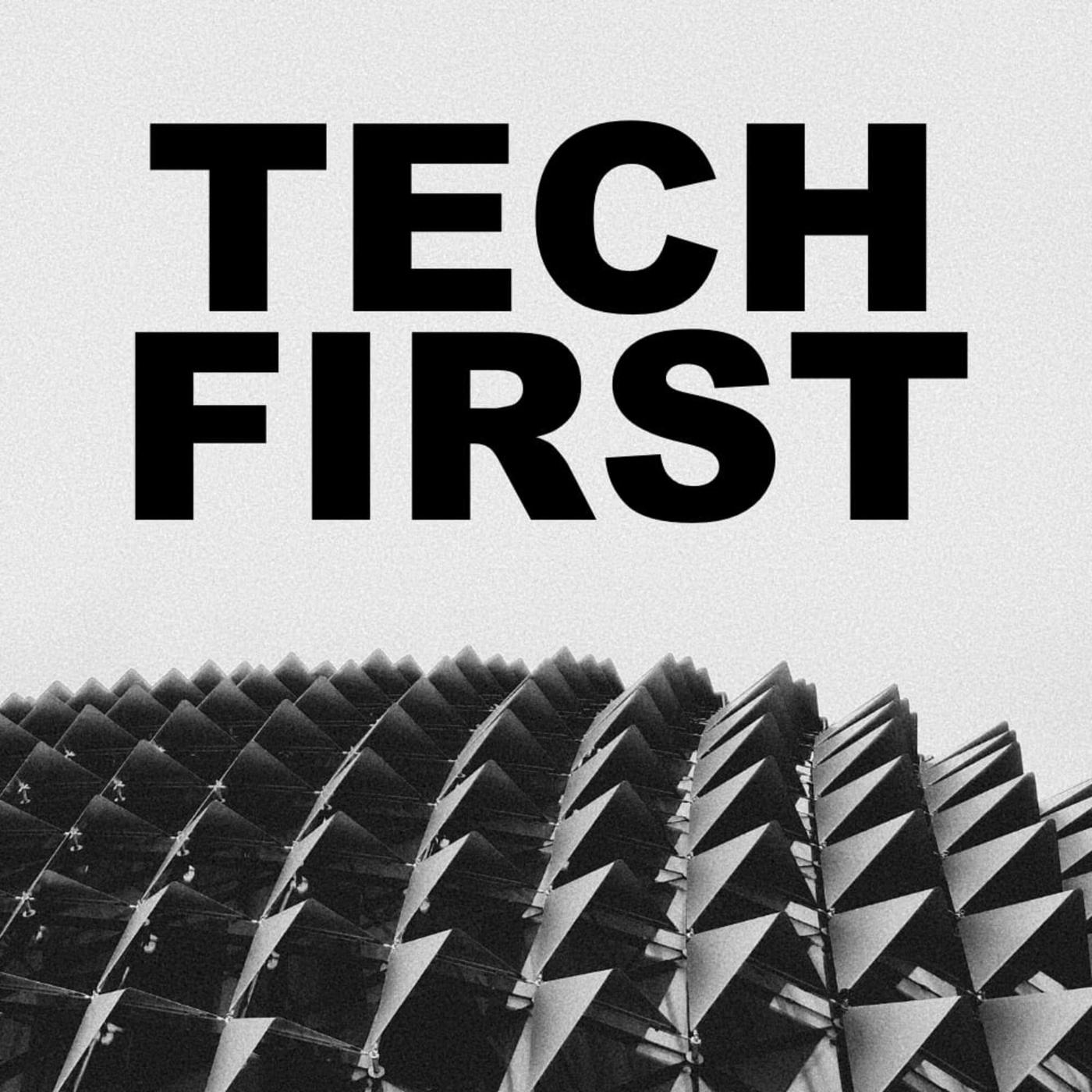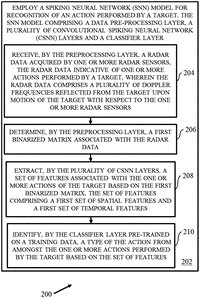Bravo
If ARM was an arm, BRN would be its biceps💪!
Here's the full interview for anyone interested. It sounds like Rain AI are years behind us if you ask me because they're still building their analogue brain.I don't want to get everyone too excited (which means I actually do) but Forbes published an article a few weeks ago about ChatGPT and how it costs millions of dollars a day to run and how neuromorphic computing could one day be the solution to driving down this staggering and unnecessary expense. The article says "But our brains are a million times more efficient than the GPUs, CPUs, and memory that make up ChatGPT’s cloud hardware. And neuromorphic computing researchers are working hard to make the miracles that big server farms in the clouds can do today much simpler and cheaper, bringing them down to the small devices in our hands, our homes, our hospitals, and our workplaces".
Baring in mind, this is interview with the CEO of Rain AI, Gordon Wilson, so naturally he doesn't mention us because we're his competitors, but he may as well be talking about us because we're the experts, aren't we?

ChatGPT Burns Millions Every Day. Can Computer Scientists Make AI One Million Times More Efficient?
“Deploying current ChatGPT into every search done by Google would require 512,820 A100 HGX servers with a total of 4,102,568 A100 GPUs,” they write. “The total cost of these servers and networking exceeds $100 billion of Capex alone, of which Nvidia would receive a large portion.”www.forbes.com
Extract Only
Perhaps that other way is analogous to something we already have a lot of familiarity with.
According to Rain AI’s Wilson, we have to learn from the most efficient computing platform we currently know of: the human brain. Our brain is “a million times” more efficient than the AI technology that ChatGPT and large language models use, Wilson says. And it happens to come in a very flexible, convenient, and portable package.
“I always like to talk about scale and efficiency, right? The brain has achieved both,” Wilson says. “Typically, when we’re looking at compute platforms, we have to choose.”
That means you can get the creativity that is obvious in ChatGPT or Stable Diffusion, which relies on data center compute to build AI-generated answers or art (trained, yes, on copyrighted images), or you can get something small and efficient enough to deploy and run on a mobile phone, but doesn’t have much intelligence.
That, Wilson says, is a trade-off that we don’t want to keep having to make.
Which is why, he says, an artificial brain built with memristors that can “ultimately enable 100 billion-parameter models in a chip the size of a thumbnail,” is critical.
For reference, ChatGPT’s large language model is built on 175 billion parameters, and it’s one of the largest and most powerful yet built. ChatGPT 4, which rumors say is as big a leap from ChatGPT 3 as the third version was from its predecessors — will likely be much larger. But even the current version used 10,000 Nvidia GPUs just for training, with likely more to support actual queries, and costs about a penny an answer.
Running something of roughly similar scale on your finger is going to be multiple orders of magnitude cheaper.
And if we can do that, it unlocks much smarter machines that generate that intelligence in much more local ways.
“How can we make training so cheap and so efficient that you can push that all the way to the edge?” Wilson asks. “Because if you can do that, then I think that’s what really encapsulates an artificial brain. It’s a device. It’s a piece of hardware and software that can exist, untethered, perhaps in a cell phone, or AirPods, or a robot, or a drone. And it importantly has the ability to learn on the fly. To adapt to a changing environment or a changing self.”
That’s a critical evolution in the development of artificial intelligence. Doing so enables smarts in machines we own and not just rent, which means intelligence that is not dependent on full-time access to the cloud. Also: intelligence that doesn’t upload everything known about us to systems owned by corporations we end up having no choice but to trust.
It also, potentially, enables machines that differentiate. Learn. Adapt. Maybe even grow.
My car should know me and my area better than a distant colleagues’ car. Your personal robot should know you and your routines, your likes and dislikes, better than mine. And those likes and dislikes, with your personal data, should stay local on that local machine.
There’s a lot more development, however, to be done on analog systems and neuromorphic computing: at least several years. Rain has been working on the problem for six years, and Wilson thinks shipping product in quantity — 10,000 units for Open AI, 100,000 units for Google — is at least “a few years away.” Other companies like chip giant Intel are also working on neuromorphic computing with the Loihi chip, but we haven’t seen that come to the market in scale yet.
If and when we do, however, the brain-emulation approach shows great promise. And the potential for great disruption.
“A brain is a platform that supports intelligence,” says Wilson. “And a brain, a biological brain, is hardware and software and algorithms all blended together in a very deeply intertwined way. An artificial brain, like what we’re building at Rain, is also hardware plus algorithms plus software, co-designed, intertwined, in a way that is really ... inseparable.”

Our brains are 1 million times more efficient than ChatGPT: chatting with Gordon Wilson of Rain AI
00:16:23 - The wetware in a casket of bone that we each carry on our shoulders is 1 million times more efficient than the AI models run by services like ChatGP…













